Chad is the country most vulnerable to climate change – here’s why
Poverty and conflict mean the nation is struggling to deal with rising temperatures
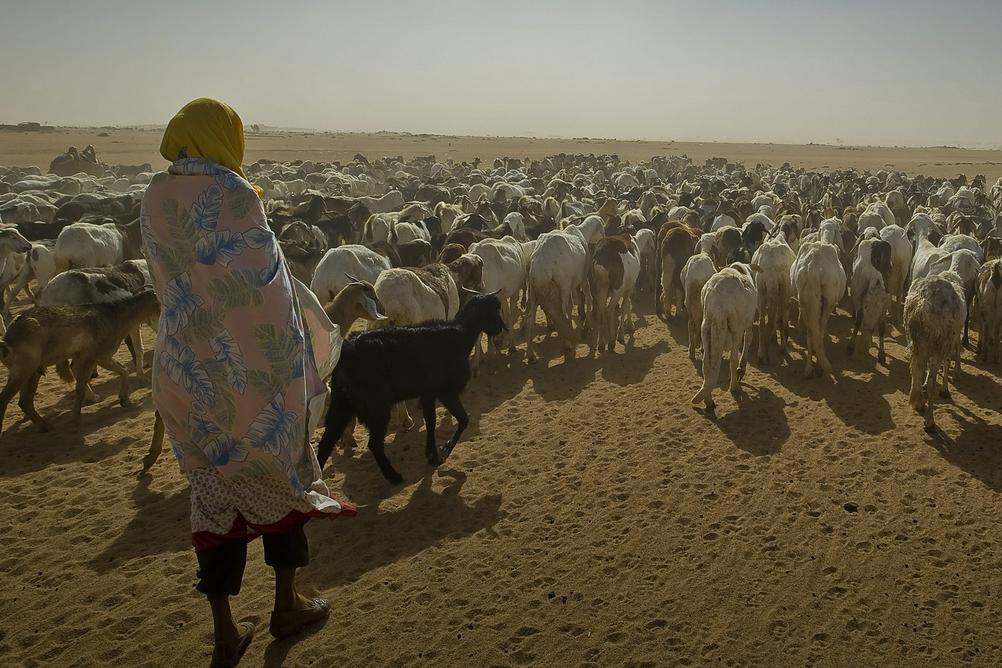
Of the 186 countries assessed in a recent survey of climate vulnerability, Chad was rated most in peril. A combination of high poverty, frequent conflicts, and the risk of both droughts and floods means the central African nation is bottom of the list, just below Bangladesh and some way behind Norway, the country least vulnerable to climate change.
So why Chad? For a start, it is one of the poorest countries in the world. Around 87 per cent of Chadians are classified as poor, according to the Multidimensional Poverty Index, which factors in health, education and living standards. That’s the fourth highest rate in the world. The percentage who are “destitute” (63 per cent), the most extreme category of poverty, is also the fourth highest in the world.
This is exacerbated by the fact that the country has been in civil war or conflict for 35 out of the 57 years since it gained independence from France.
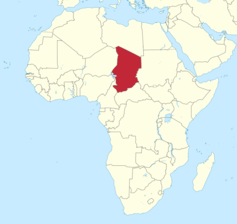
Any poor or conflict-prone country will always be vulnerable, but Chad’s geography means climate change is a particular risk. Chad is bigger than many Westerners may realise. At 1.28m km² it’s larger than Nigeria and twice the size of Texas. Around 90 per cent of its 10 million people live in the southern half of the country, as most of the northern half extends well into the Sahara desert.
Most Chadians base their livelihoods on subsistence farming and livestock rearing. The semi-arid rangelands of the Sahel, in the north of the country, provide pasture for livestock during the rainy season, while the fertile agricultural fields in the south produce most of the cash and food crops. When the dry season begins, pastoralists move their herds south to feed on the leftovers of the agricultural harvest.
Chad’s changing climate
Since the mid-20th century, temperatures in Chad have been increasing while rainfall is decreasing. Ninety per cent of the country’s largest lake, Lake Chad, has disappeared over the past 50 years due to a combination of droughts and increasing withdrawals for irrigation. Climate studies project things will get increasingly hot and arid throughout the 21st century, which means lower crop yields, worse pasture, and a harder life for anyone dependent on Lake Chad.
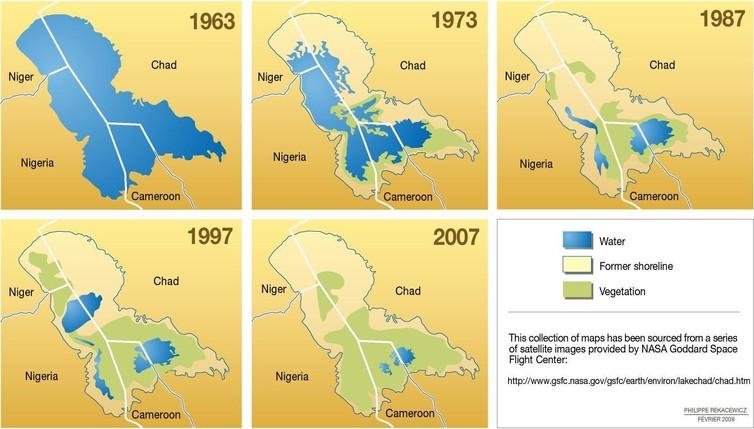
Rural areas are most at risk from climate change because that’s where most of the population, and most of the poverty, is found. However, urban areas are not safe either, as the country’s growing cities struggle to accommodate the arrival of new residents. Sanitation services like sewage, storm water drainage and waste collection are poor, according to the World Bank. In the event of floods, as happened in 2010, 2011 and 2012, the infrastructure cannot cope and untreated sewage could infect the water supply, creating a high risk of infectious diseases such as cholera.
Demographic challenges
Chad’s population is mostly young, and high youth unemployment has already caused unrest in the capital N'djamena. Vulnerability to climate is made worse by civil unrest or conflict because people cannot receive the help they need during climate-related disasters such as droughts or floods.
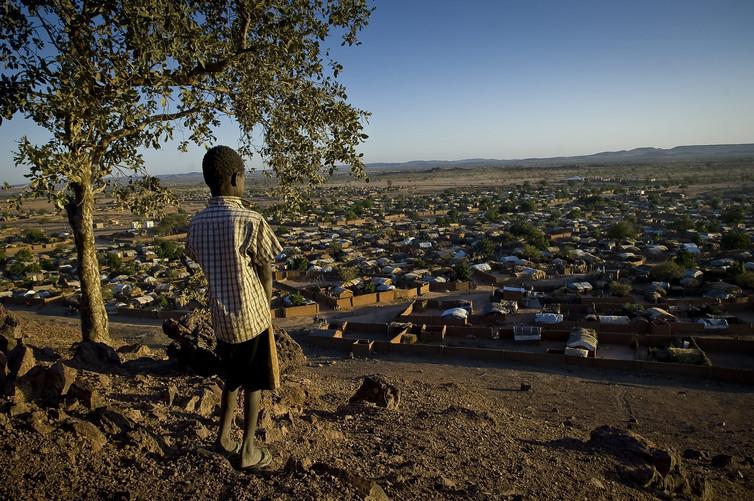
Chad also hosts some 300,000 refugees from Darfur on its eastern border with Sudan, according to UN figures, while an additional 67,000 refugees from the Central African Republic are in camps on its southern border. These refugees consume Chad’s limited resources and sometimes compete with the local population. This creates resentment and sometimes violence between the refugees and their hosts.
To make matters worse, the Boko Haram crisis in northeastern Nigeria has spilled over to the Lac region of Chad, which now has more than 60,000 displaced people registered there and several thousand more that are unregistered. This is worrying as the country’s unemployed youth, restless and with plenty of time on their hands, could be at risk of recruitment and radicalisation by Boko Haram.
The way forward
Despite these challenges, there are ways to mitigate the effect of climate change. For instance, farmers in Chad’s semi-arid Sahelian zone have been using an indigenous rainwater harvesting technique called Zaï to successfully grow crops. Zaï involves the digging of small pits and sowing crops in them. The pits retain water for a long period of time and are particularly efficient when there isn’t much rain.
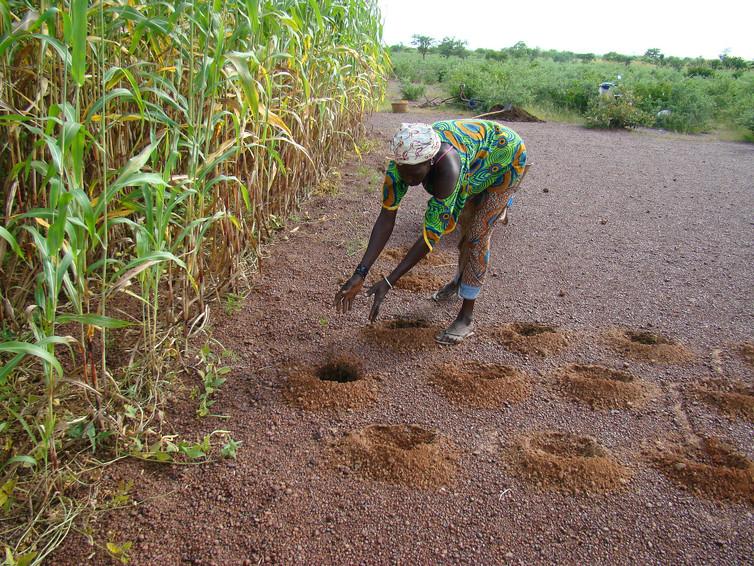
The Zaï technique was enhanced by introducing manure and compost into the pits to provide nutrients to the crops. This helped rehabilitate soils that are heavily degraded and significantly increased the yields of food crops.
Agroforestry, the combining of crops and trees in the same patch of land, can also help mitigate and adapt to the impacts of climate change. Tree roots stabilise soils and protect them from eroding during heavy rainfall, while also restoring fertility simply by producing litter which eventually makes its way back into the earth.
Of course, any country would be better placed to deal with climate change if it simply became much wealthier. Chad began producing petroleum in 2003, and it now accounts for 93 per cent of all exports. However, this left the country vulnerable to declines in oil prices. So, when the price did indeed crash in late 2014, Chad suffered a significant loss of revenue. Needless to say, the impact of climate-related disasters such as droughts or floods becomes magnified if the country does not have the resources to combat them.
Chad cannot rely on oil forever. Farming is still the mainstay of its economy and, in the longer term, developing sustainable agriculture and livestock farming will be key in providing employment and maintaining food security.
Hakim Abdi is a sustainability scientist at Lund University. This article was originally published on The Conversation (www.theconversation.com)
Join our commenting forum
Join thought-provoking conversations, follow other Independent readers and see their replies
Comments
Bookmark popover
Removed from bookmarks